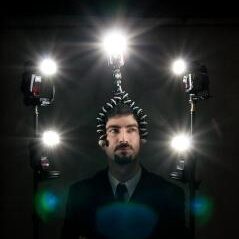6 Basic Tips for Photographing Water
There are different ways to look at water. As a fascinating backdrop from Hollywood movies, a dreamy forest brook... or maybe as an element full of motion. Discover the ways to photograph water and how to work with them. Let our six tips for photographing water help you on your way.
